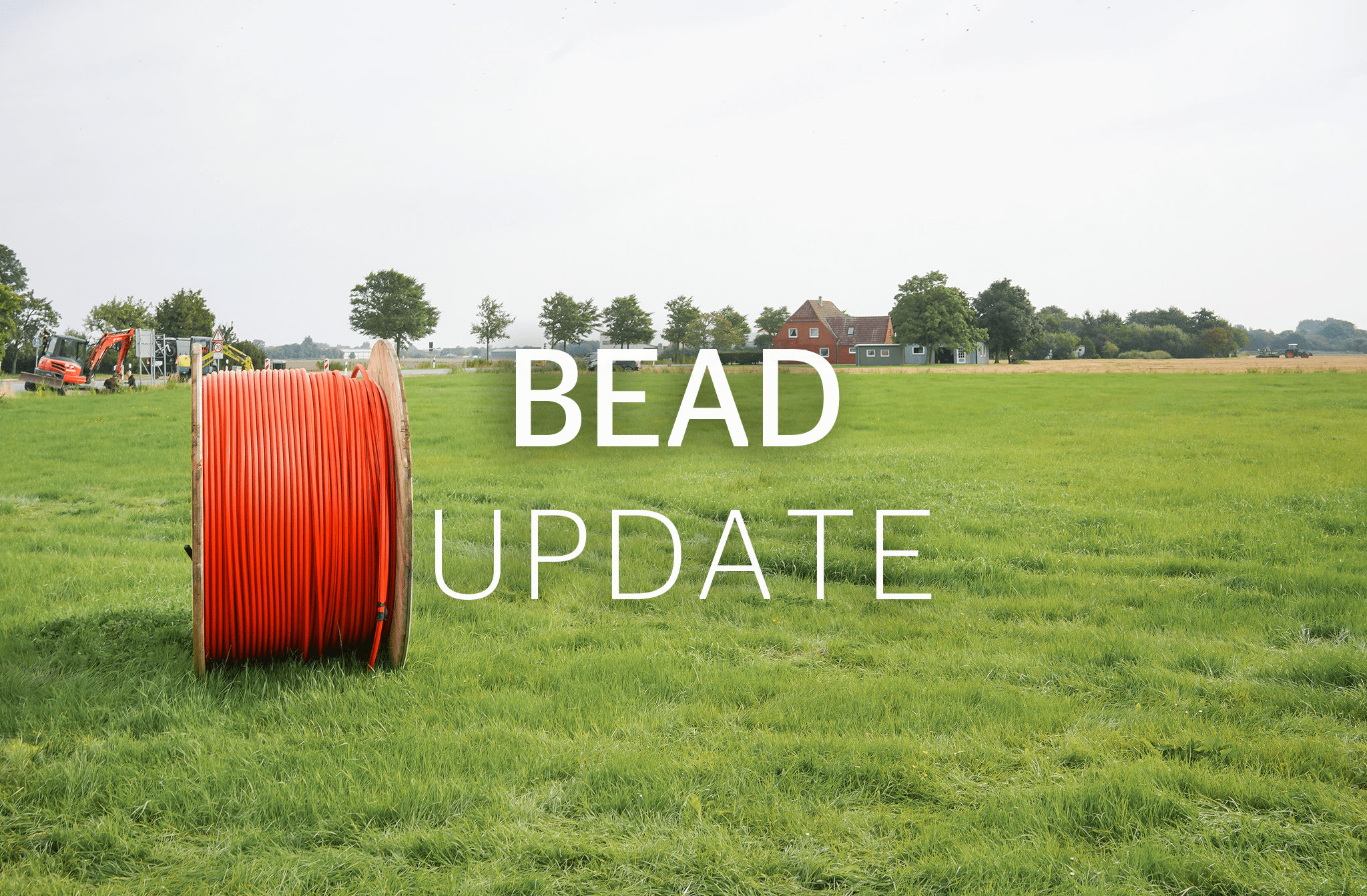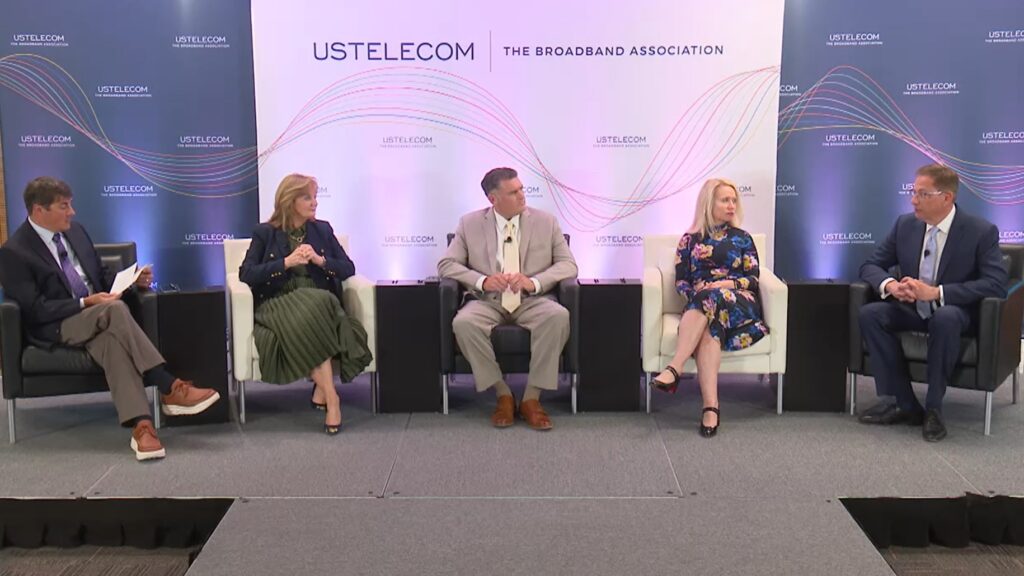Some State BEAD Rules Could Present Barriers to Rural Participation
Randy Sukow
|

The regulatory process grinds on for the Broadband Equity, Access and Deployment (BEAD) program, as each state slowly works out participation rules for the $42 billion program in cooperation with the federal government. Enough states have completed or near-completed the process to the point where some trends are becoming apparent. Some of them are disturbing for rural broadband providers contemplating applications to their state BEAD programs.
“I know some of these things will scare you. You might not necessarily want to go down this (BEAD) path. There are a lot of reasons why one might not want to,” said Mike Romano, executive VP for NTCA – The Rural Broadband Association, who joined in an NRTC online panel earlier this week. “But don’t foreclose anything at this point because there may be many reasons why you decide to participate later. Make sure you are in position to capitalize if you want to.”
“Be engaged. Continue to talk in local communities and the state broadband offices. These are the folks that may want you to come in,” said co-panelist Brian O’Hara, NRECA’s senior director, Regulatory Issues – Telecom & Broadband.
Over several months, states have been submitting their proposed BEAD rules to the National Telecommunications and Information Administration (NTIA) in two volumes. Volume-one proposals cover the process consumers and organizations may use to challenge awards based on availability data. All states have submitted volume one and NTIA has approved nearly all of them.
Volume two covers how each state intends to meet national NTIA requirements. All states must have standards for broadband affordability, labor management and safety, minority business inclusion, climate issues and a long list of others.
“As of May 14, Delaware, D.C., Kansas, Louisiana, Nevada, Pennsylvania, Washington state and West Virginia have all received approval of their initial proposals, volume two, and can begin their BEAD grant application cycles upon completion of their state map challenge processes,” said Teresa Ferguson, NRTC’s senior director, Broadband and Infrastructure Funding, who moderated the webinar.
Among the potential problems creeping into some of the early-approved are rules includes allowing large geographic areas for broadband projects. Large service areas tend to increase the cost of a project, which could price some rural providers out of the running. Large service areas also could present regulatory problems.
“Some states have territorial limitations for electric co-ops, Tennessee being the prime example,” O’Hara said. “[Electrics] can only provide broadband within their electric footprint. If one of Mike’s incumbent telephone co-ops serves that area, electrics can’t overbuild them … Those restrictions could really take some places out of play.”
Some states, such as Delaware, may have no caps on the amount of support they award to individual applicants. “By no cap, we’re talking about the idea that you could have some [company] gobble up all the fund,” Romano said. He noted that in earlier awards for American Rescue Plan Act broadband program, only three companies won the entire state’s allotment.
Another danger is that high-cost projects over wide areas might only be possible with hybrid fiber/fixed wireless networks, leaving some remote customers without fiber access. The panelist also discussed other potential pitfalls for rural telco and electric ISPs concerning matching fund rules, middle class affordability, work force rules and Buy American requirements. A recording of the webinar is available on NRTC’s website.


